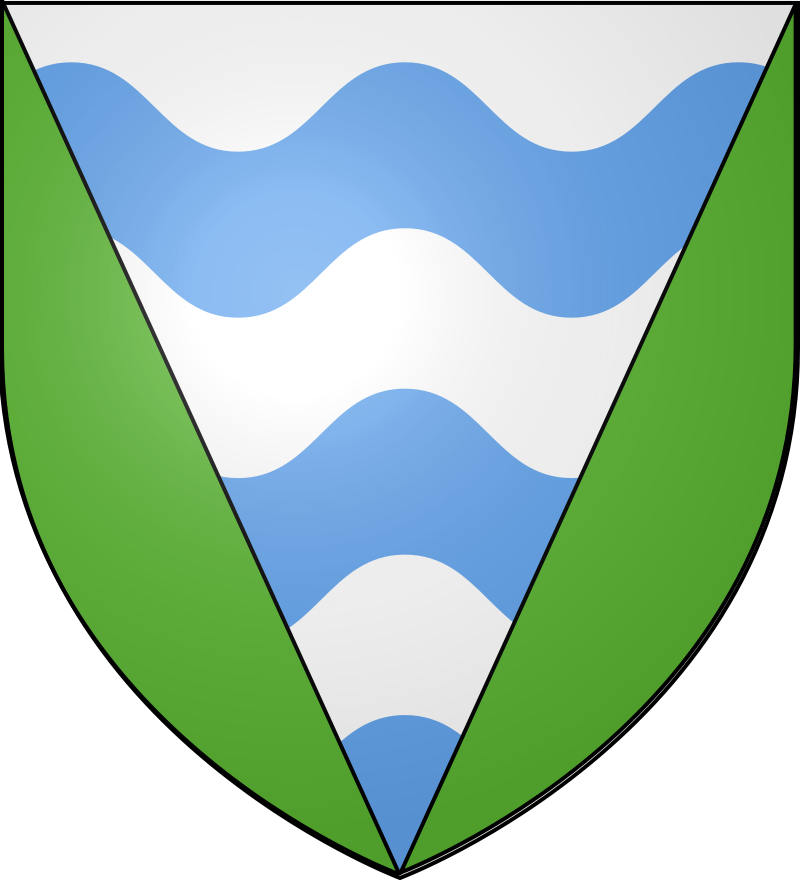In the year 1905 the population of Marsaskala was only of 53 residents. The population today is in the region of 11,000. Since the area is so accessible by sea, successive conquering armies came ashore here and set about taking the land, and slaves. Marsaskala was once a Roman Port. Roman remains lie scattered at ‘tar-Rumi’, where pre-Roman cart ruts have been noticed. Though the area is partly ringed by tall white cliffs, the smooth inlets offered easy access to 16th and 17th century invaders.
The defences of the area was late in coming and Vendome Battery dates from about 1715. Vendome was a French Knight. Some of the residents built their own towers, and fortified farmhouses are quite frequent. Even after the area was finally fortified residents still remained few and Sicilian fishermen were more familiar with the area than the Maltese were.
The name Marsaskala confirms the Sicilian connection as apparently the word ‘marsa’ means ‘port’ and ‘sqalli’ means ‘Sicilian’
One probable reason for the lack of settlements in the area was the fear of pirates, who roamed the sea looking for treasure, and slaves. The local population felt safer in the walled cities of Cottonera and Valletta and also in the inland villages. Another reason may well have had something to do with the geography. The well sheltered harbour could not by itself discouraged people from settling here.
The harbour extended into the Fawwara district until the 19th century, which provided even more shelter. A spring is known to have existed here and ‘Wied il-Ghajn’ means “watercourse by the fountain” , but there is no trace of it today. The rugged coastline around Marsaskala is indeed a delight to see, but it has been the site of several ship wrecks. The most recent one being of the “Angel Gabriel” which was a Greek Tanker that split in half on September 21st 1969.
Marsaskala remained a tiny fishing port until the advent of the 2nd World War. The people living in Cottonera started to build summer houses in Marsaskala. Then later they decided to become all year round residents, which has slowly transformed the small sleepy fishing port of Marsaskala into the resort that it is today.
Established a parish since 1949, the population is just about doubling every ten years or so. There are modern hotels, restaurants, cafes, a duck pond and a cinema. The atmosphere is akin to an upbeat seaside resort.
The mood is so relaxed here that the favourite pastime is walking along the promenade that stretches all the way around the bay from Zonqor Point around to the St.Thomas tower, with stops on the way for drinks and snacks. These walks usually take place in the evenings as its a lot cooler than during the day when its just too warm to contemplate walking, and the day is usually spent in and around the cafes and restaurants.





